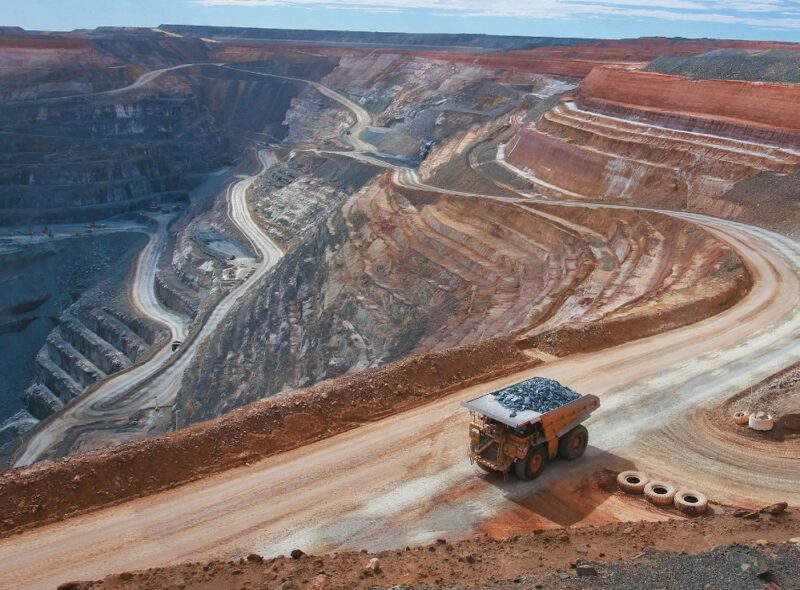
Open Pit Mining Method
Mining is the process of extracting useful materials from the earth. Some examples of substances that are mined include coal, gold, or iron ore.Iron . ore is the material from which the metal iron is produced.. The process of mining dates back to prehistoric times.. Prehistoric people first mined flint, which was ideal for tools and weapons since it breaks into shards with sharp edges.
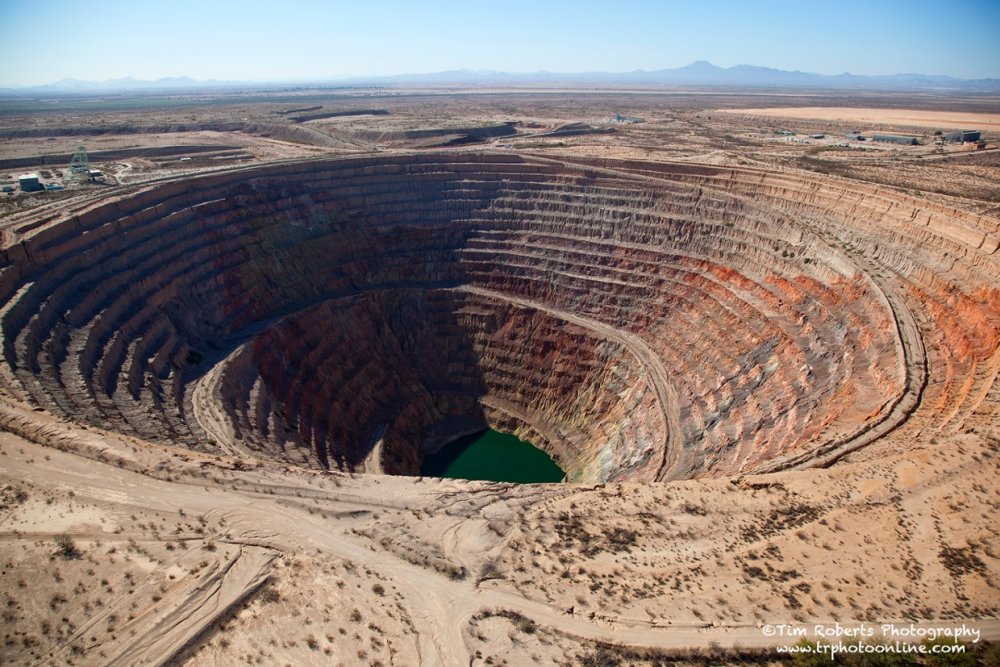
Safety in Open Pit Mining
Open-pit mining, or open-cast mining is a surface mining technique of extracting rock or minerals from the earth by their removal from an open pit or borrow. This form of mining differs from extractive methods that require tunneling into the earth, such as long wall mining. Open-pit mines are used when deposits of commercially useful minerals.
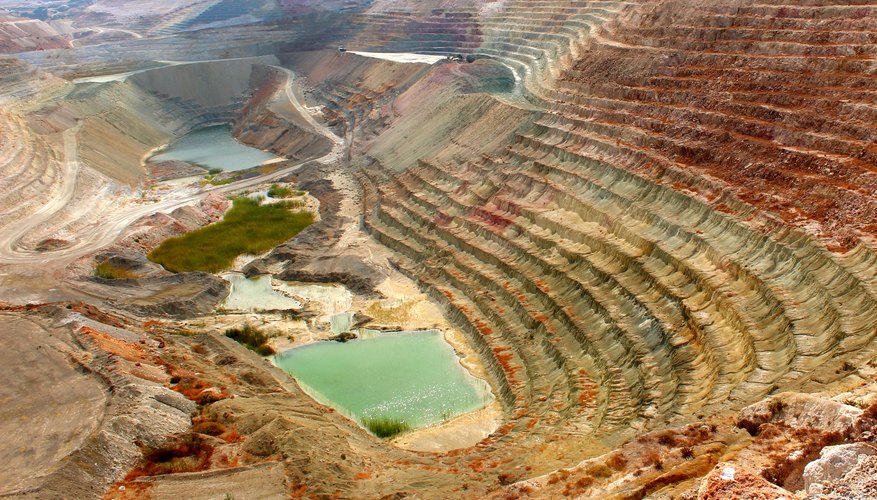
The Advantages of Open Pit Mining Sciencing
Open-pit mining schedule and dump over 4 years (Fu et al., 2019). Badiozamani and Askari-Nasab (2013) modelled waste movement in an oil sands operation. Stratified in nature, these deposits generate large volumes of pond tailings which warrant reclamation prior to further land-use. These researchers recognised the need for mining and.
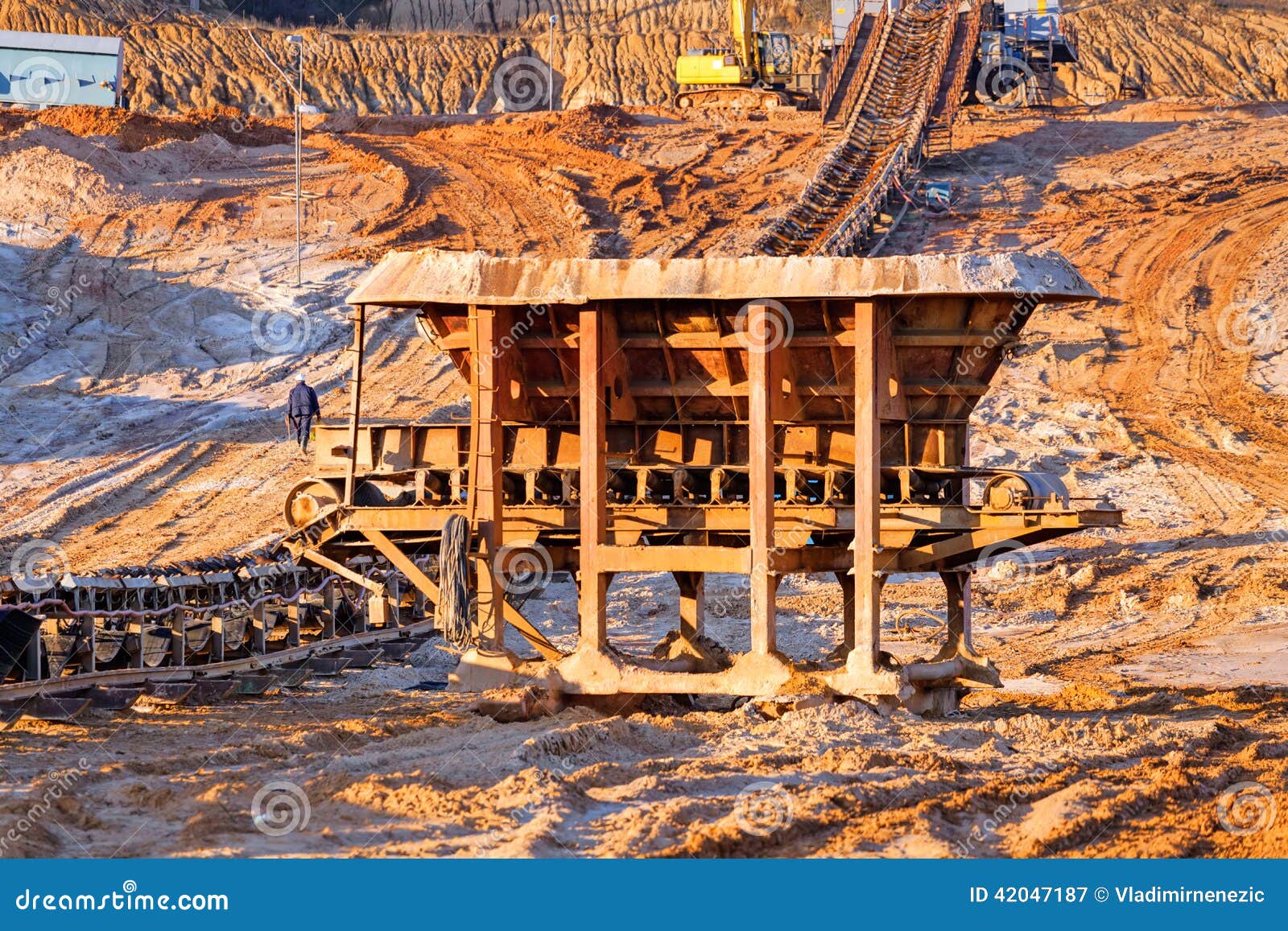
Open mining pit stock image. Image of land, gold, cast 42047187
Open-pit mining technology. Open-pit mining clearly offers a number of economic advantages over underground mining, especially now that mineral-processing technology has advanced to the stage where very low-grade ores can be treated profitably. 100 to 150 years ago, this was not the case, and mining was still much more selective.
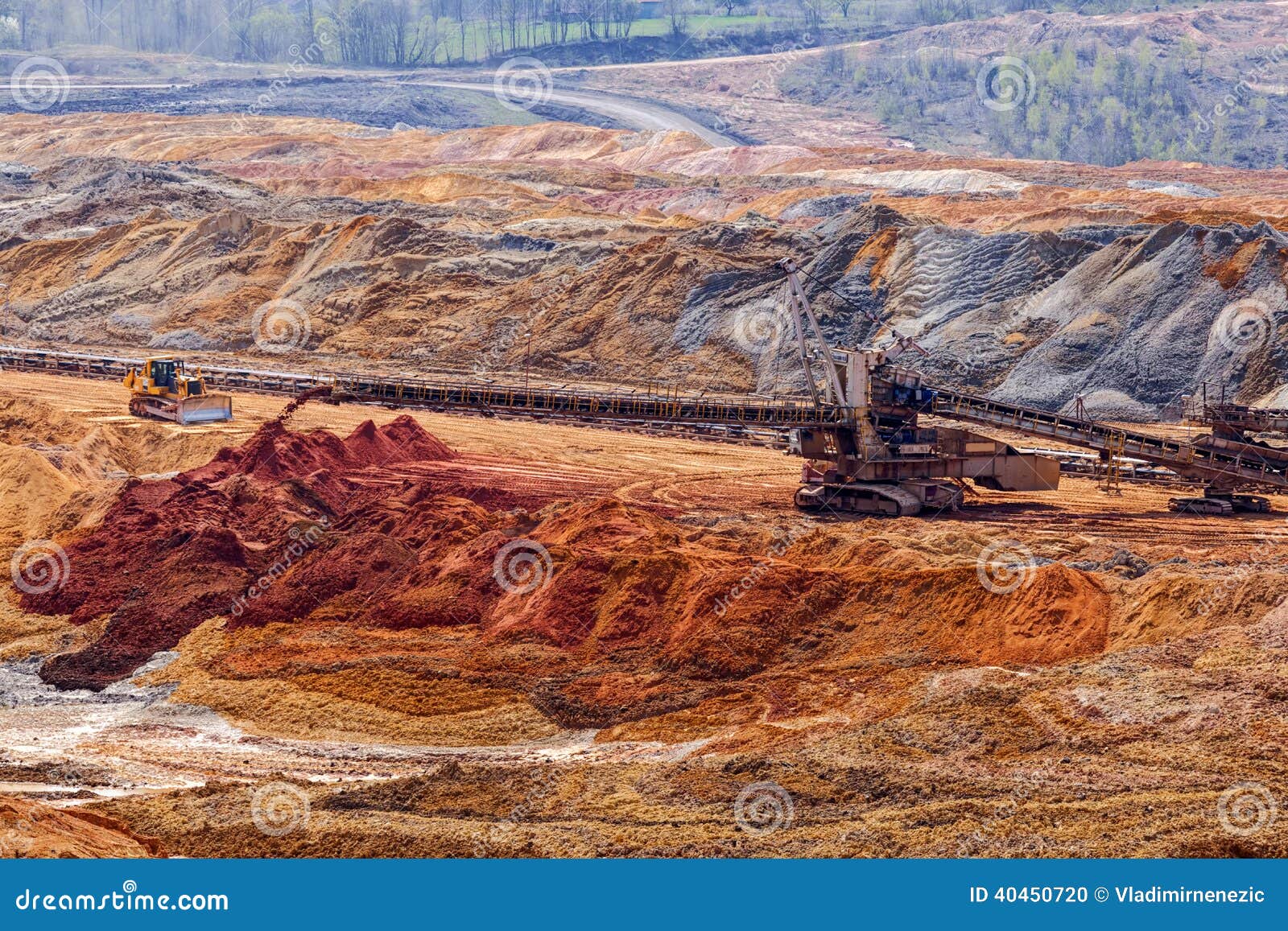
Open mining pit stock photo. Image of iron, copper, landscape 40450720
Open-pit mining, also known as open-cast or open-cut mining and in larger contexts mega-mining, is a surface mining technique that extracts rock or minerals from the earth using a pit, sometimes known as a borrow pit. [citation needed]
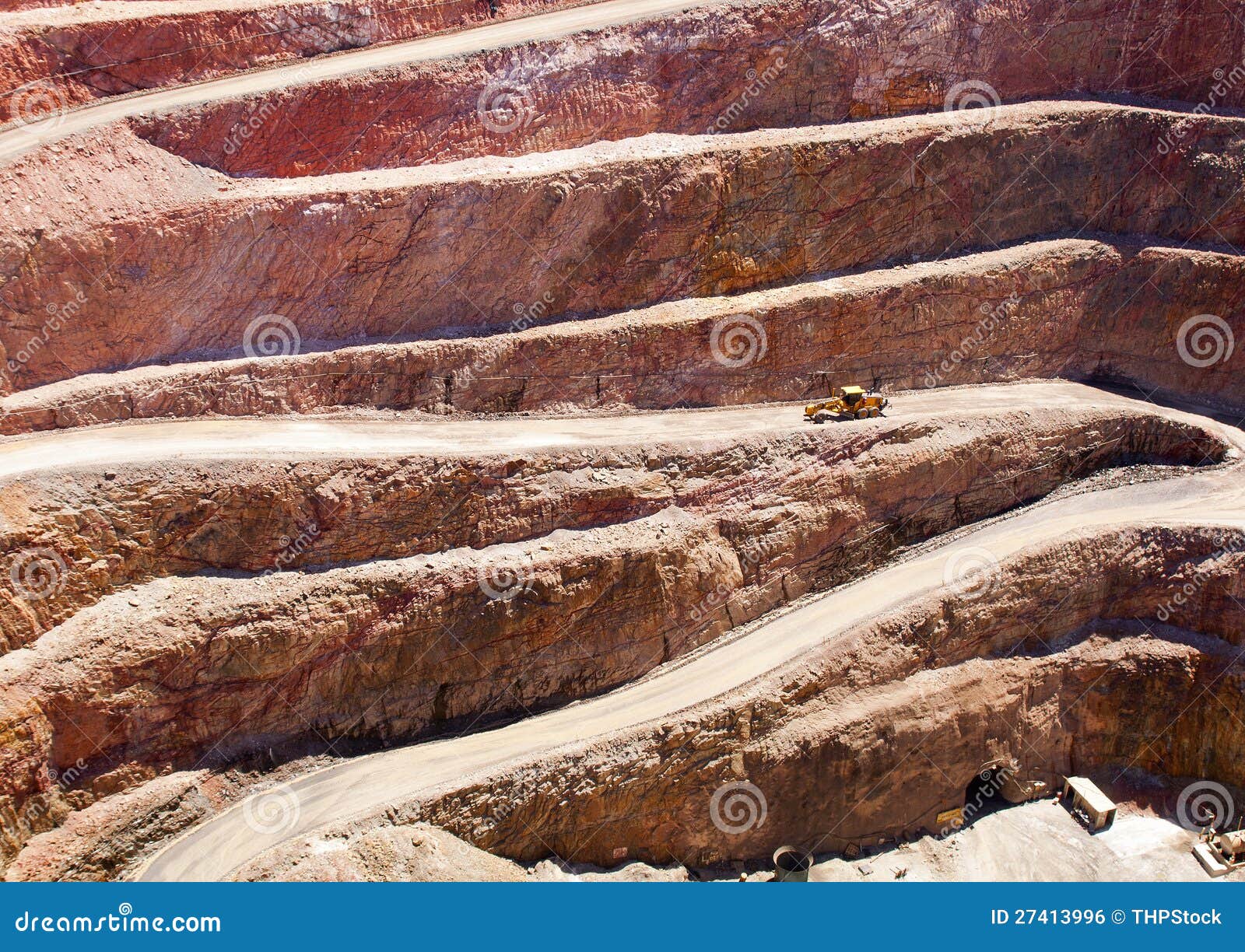
Mining Pit stock photo. Image of geology, large, industrial 27413996
Open pit mining method is one of the surface mining methods that has a traditional cone-shaped excavation and is usually employed to exploit a near-surface, nonselective and low-grade zones deposits. It often results in high productivity and requires large capital investments, low operating costs, and good safety conditions. The main topics that will be discussed in this chapter will include.
.jpg)
Mining Sites The Transition from OpenPit to Underground Mining
The term 'open-pit mining', also known as open mining pit, open-cut, open-cast mining or simply mining open-pit, refers to a method of extracting rock or minerals from the earth through their removal from an open-air pit, sometimes known as a borrow. It is the most common method used in mining for metallic and nonmetallic minerals.

Coal mining at an open pit stock photo. Image of production 92166900
Surface mining. Surface mining, including strip mining, open-pit mining and mountaintop removal mining, is a broad category of mining in which soil and rock overlying the mineral deposit (the overburden) are removed, in contrast to underground mining, in which the overlying rock is left in place, and the mineral is removed through shafts or.
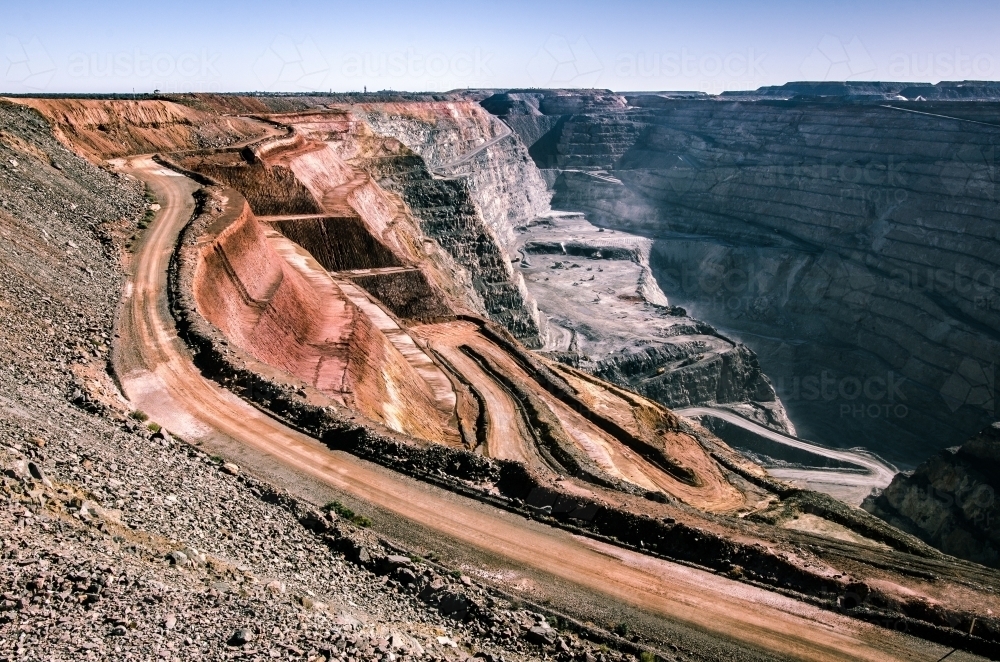
Image of Open Pit Mining Austockphoto
Open-pit mining. Open-pit is one of the most common mining methods used and starts from the earth's surface, maintaining exposure to the surface throughout the extraction period. The excavation usually has stepped sides to ensure the safety of the miners and a wide ramp where equipment can travel, allowing the product to be removed efficiently.

OpenPit Mining Definition Anglo American
Open-pit mining is a surface mining technique that involves extracting minerals from ore deposits near the topsoil. Unlike conventional underground mining methods, these operations are extensive projects that form canyon-like features in the landscape. Open-pit mining companies use modern tools and technology to excavate the earth's surface.

Open Pit Coal Mining Large Rock Dump Trucks and Excavators digging
Open pit mining refers to mining directly on the ground surface, thereby producing an open pit. This method is practical and cost-effective when the uranium ore is located near the surface (e.g., within 100 m). Underground mining and ISL methods may be considered for sites that have uranium ores at deeper depths.

Mining from Above. Industrial Terraces on Open Pit Mineral Mine. Aerial
Pit lakes form when open-cut mining operations cease and the remaining pit fills with ground, surface and rain water. Mine pits, and therefore pit lakes, tend to have high depth-to-surface-area ratios with relatively flat bottoms and steep sides in order to minimise resource extraction costs (n.b., for the purposes of this review we are focussing on large mineral/coal mining pits as in Figure.
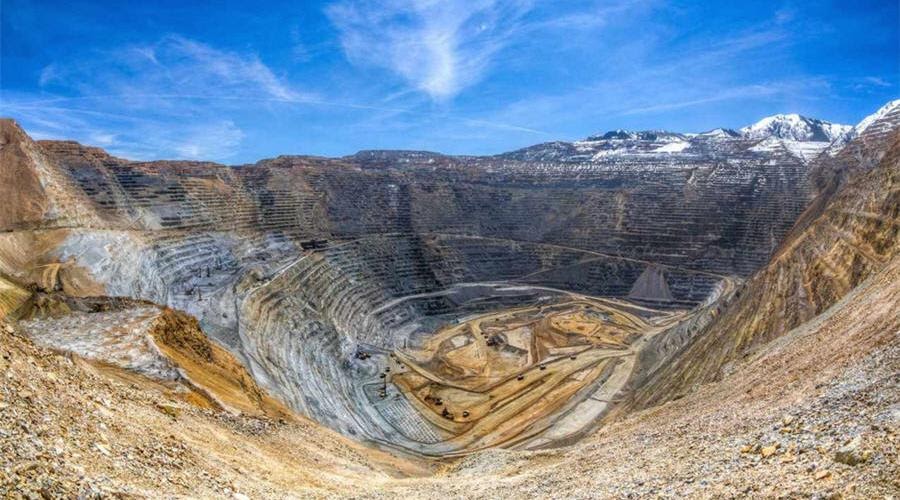
The World’s 5 Largest OpenPit Mines iseekplant
Open Pit, Types of. Open pit is a mine that adopts open-pit mining to extract ores. Mining pit, bench, and open channel formed by mining are generally called open-pit. The main production systems of open-pit include development and transportation system, drilling and blasting system, mining and loading system, dumping system, waterproof and.
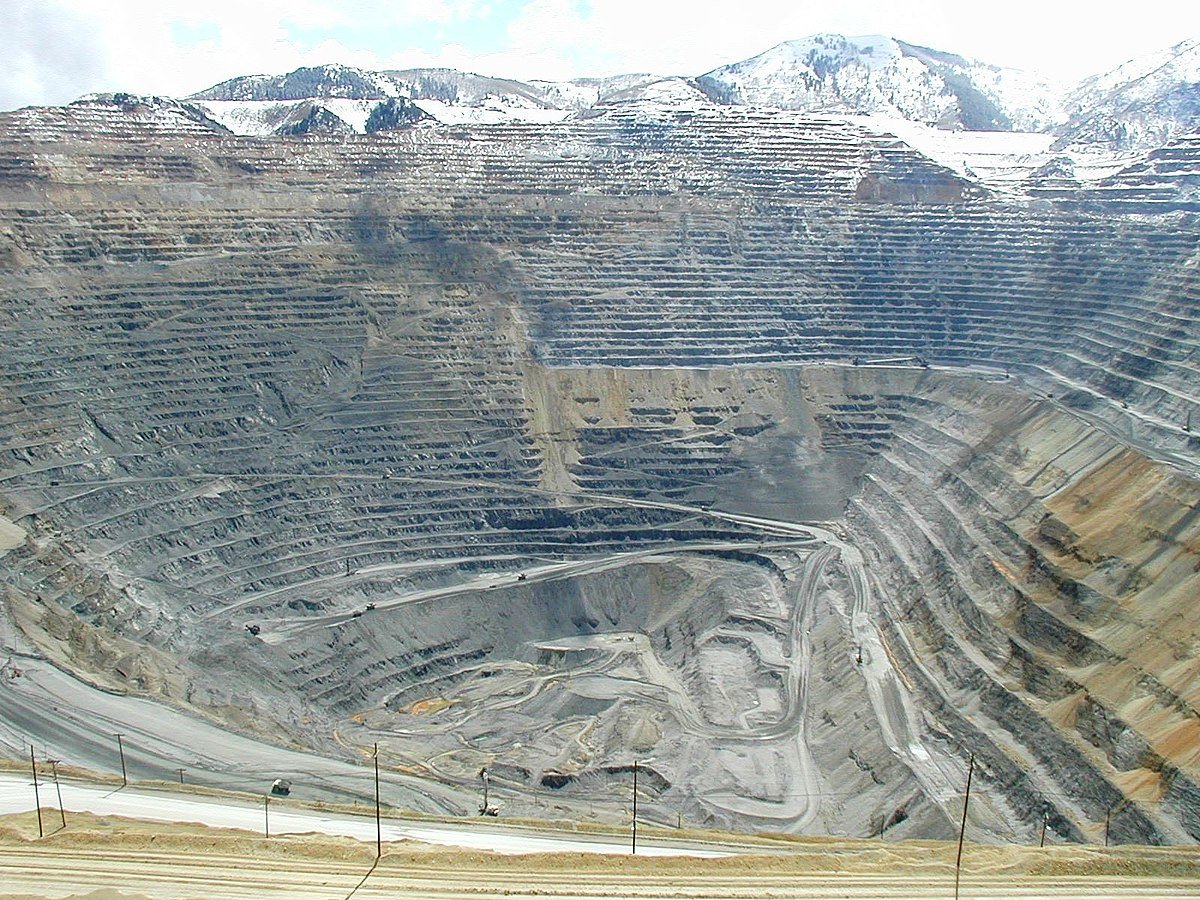
The World’s 5 Largest OpenPit Mines iseekplant
9.2 Open Pit Mines. At the end of an open pit operation, sump pumps and/or dewatering wells are decommissioned. The geometry of the pit and the void volume may be modified if partially backfilled with mine waste. Following cessation of pumping, in most climatic regimes, both surface water and groundwater will inflow to the pit, creating a pit.

OpenPit Mining Definition Anglo American
Mining - Strip, Open-Pit, Quarrying: It has been estimated that more than two-thirds of the world's yearly mineral production is extracted by surface mining. There are several types of surface mining, but the three most common are open-pit mining, strip mining, and quarrying. These differ from one another in the mine geometries created, the techniques used, and the minerals produced.
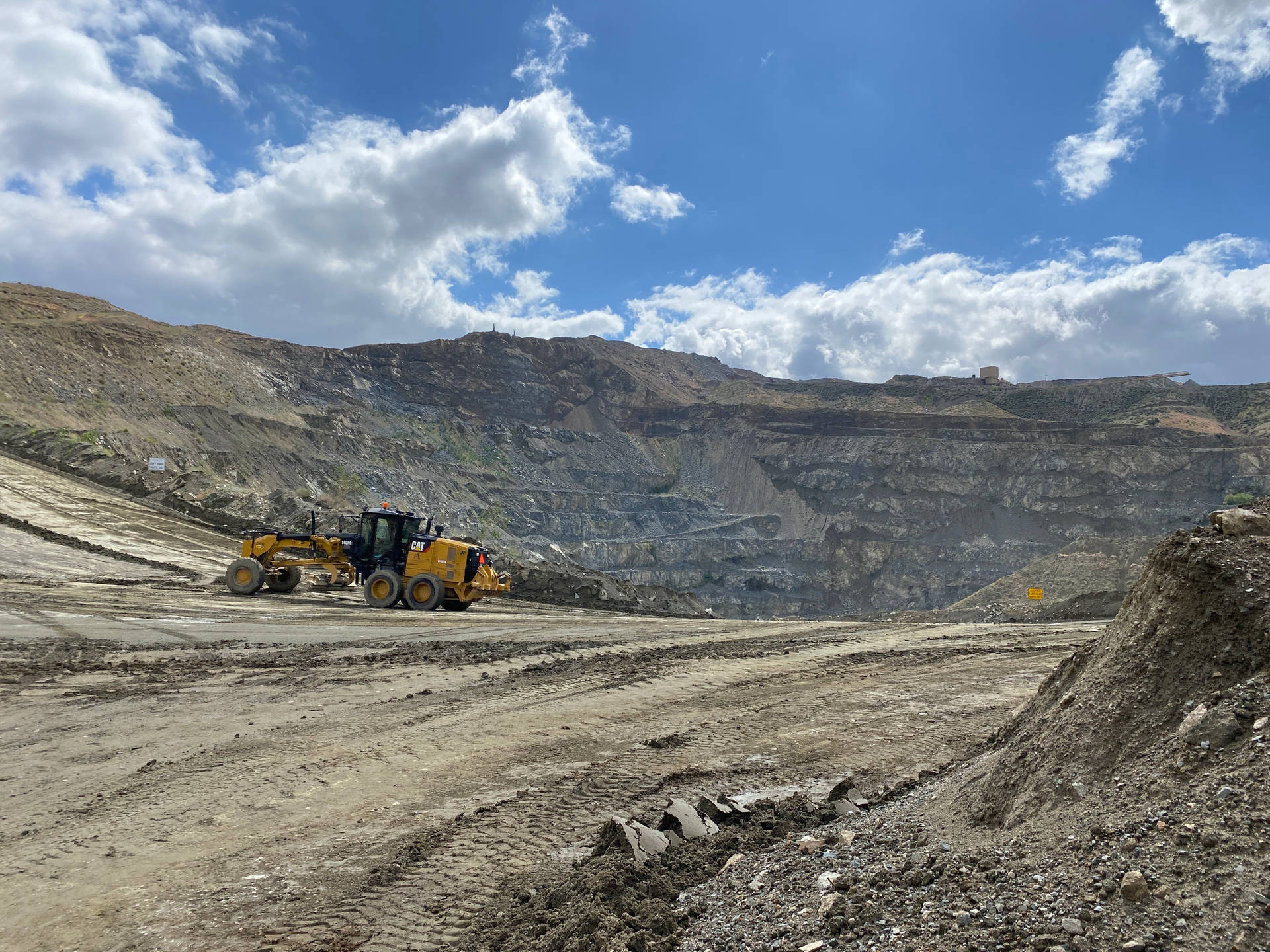
Download Open Pit Mining Wallpaper
Open-pit mining, a technique used to extract minerals such as copper, gold, iron, and coal, represents one of the most visually impactful and ecologically disruptive forms of mineral extraction. While it is an economically efficient method, its environmental implications are profound and often irreversible.